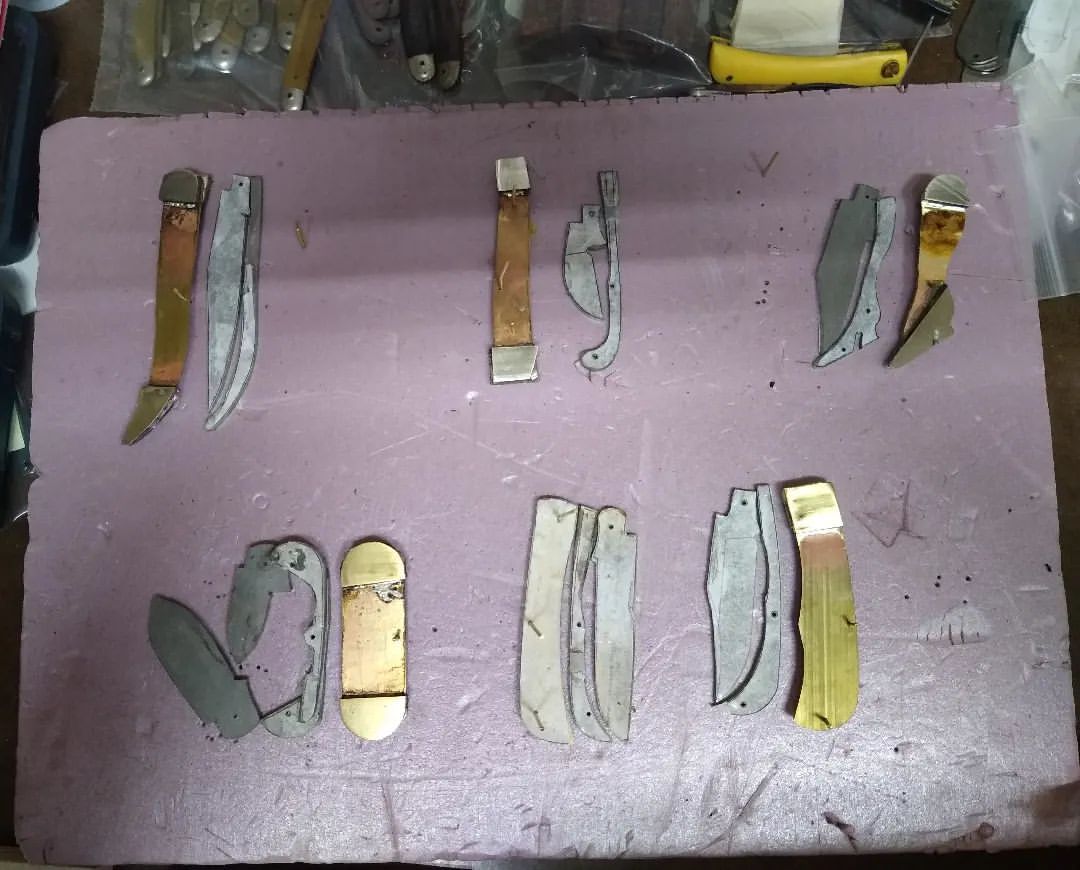- Joined
- Mar 6, 2022
- Messages
- 317
I have heard people spot weld their bolsters to liners.
What kind of machine is used to do this? What are the implications? Can I do this with brass liners (3/32) and nickel silver or brass bolsters (1/8)?
Is this still possible when working with SS or Titanium?
What kind of machine is used to do this? What are the implications? Can I do this with brass liners (3/32) and nickel silver or brass bolsters (1/8)?
Is this still possible when working with SS or Titanium?

